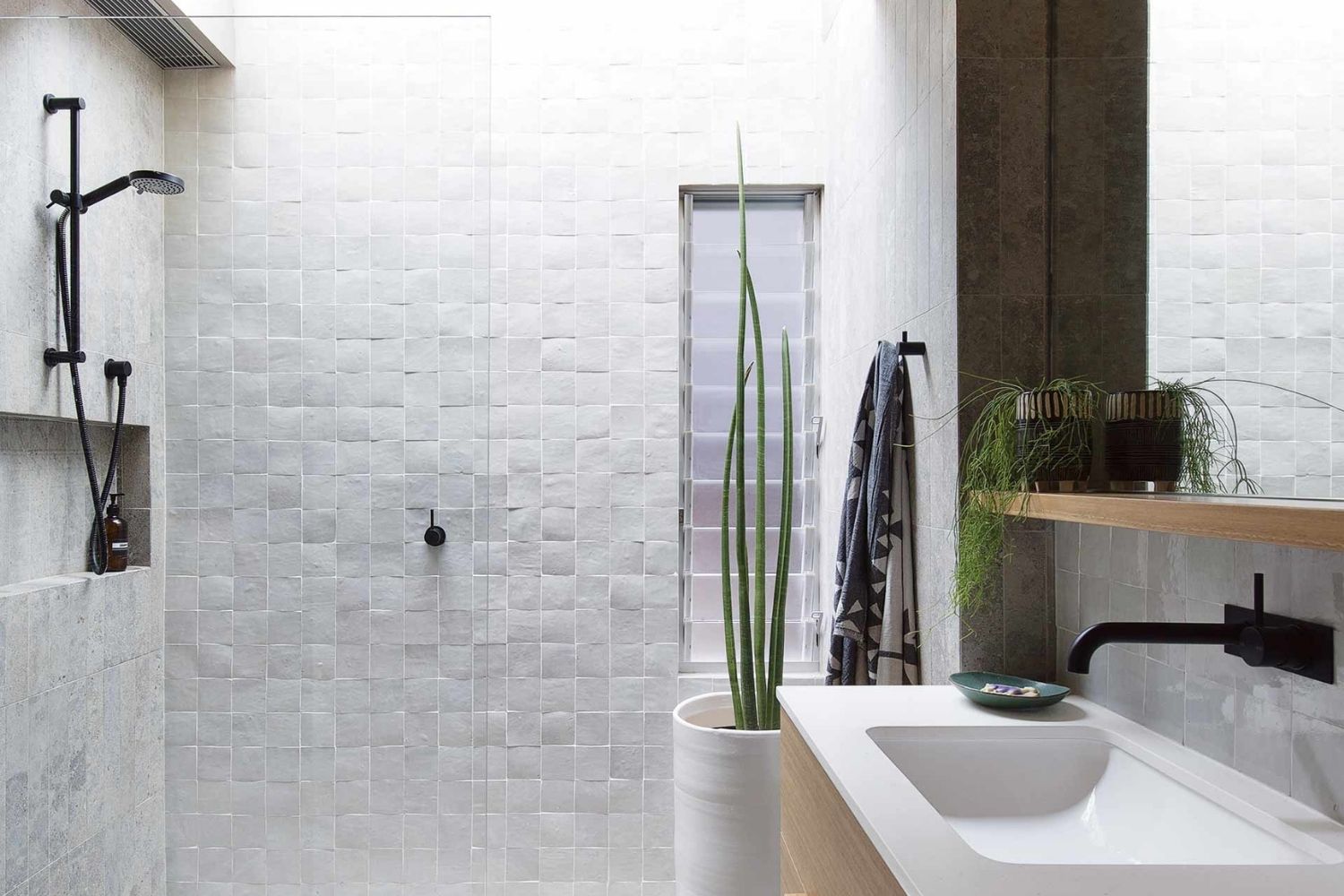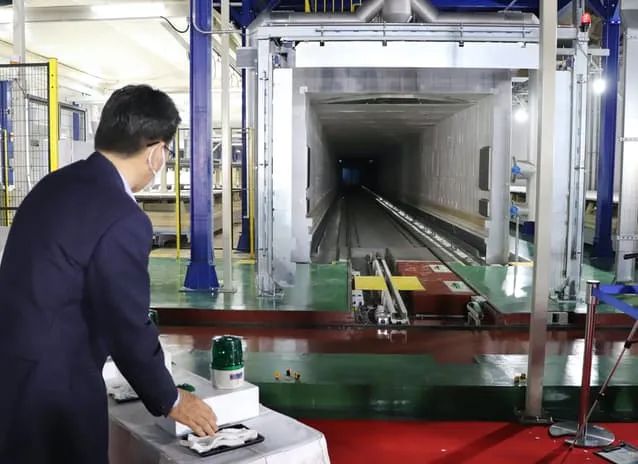TOTO Japan Plant On The First Kiln After 50 Years Of Production
This month, TOTO put on the first new kiln since it went into operation in 1971 at the Kokura No. 1 Factory in Kitakyushu, Japan, which was previously a brick kiln when the factory was built. It is reported that this is a fiber kiln that can quickly adjust the temperature. Compared to brick kilns, fiber kilns use less gas and reduce CO2 emissions by about 40%.
The fiber kiln differs from the brick kiln in that the interior is made of aluminum silicate fiber wool. It has the advantage that the heat is easily convected inside the kiln. It is useful for solving the problem of low heat convection and difficult temperature control in brick kilns.
If it can heat up and cool down quickly, the kiln can be stopped on weekends. This would allow for changes in the way employees work. The disadvantage of a brick kiln is that once it goes out, it takes time to restart and heat up. And in the past maintenance staff had to work on weekends.
It is reported that the new kiln will be fully operational in August. Ja 1971, the brick kiln that went into operation was expected to stop production in the same month. toto had previously introduced fiber kilns at its Nakatsu Plant in Oita Prefecture and Shiga Plant in Shiga Prefecture, Japan. The kiln firing space at Kokura’s first factory is 1.5 meters in height and is mainly used for small batch production.
Kitchen News consulted with a professional in kilns, who said that the original brick kilns were replaced with fiber kilns. Their difference in reducing the kiln heating up when the kiln body animal heat consumed heat, heat up faster. Aluminum silicate fiber wool replaces brick in the construction of the kiln. Since fiber wool stores less heat, it heats up quickly. The kiln structure is not much different. Fiber kiln is characterized by the use of fiber wool, so the original material can be replaced with fiber wool inside shuttle kilns and roller kilns as well.
 Fabricante de grifos VIGA
Fabricante de grifos VIGA 

